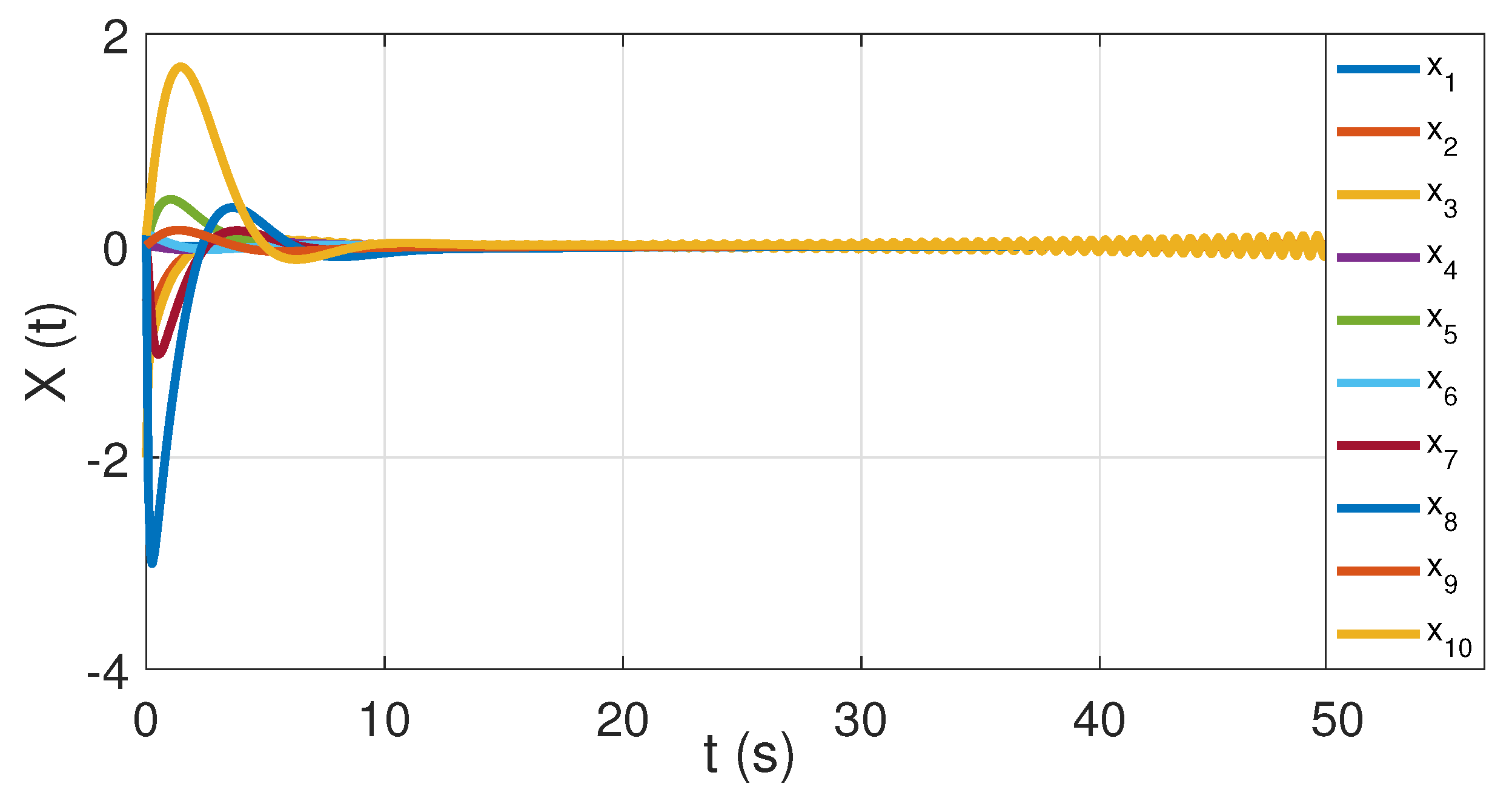

The first part of this four part article will discuss the Analog Devices/Xilinx SDR prototyping system, its capabilities and benefits, and a brief description of the tool flow. The final result will be a working RF SDR design running on production-worthy hardware, which we will take to a local airport and verify its performance and functionality. Verification of the HDL code with recorded and live data on the target transceiver and FPGA


Simulation of the RF transceiver receiving ADS-B signals Using MATLAB and Simulink ® the following tasks will be performed:ĭesign of signal processing algorithms used to decode ADS-B messages The hardware platform will be the Analog Devices/Xilinx ® software-defined radio (SDR) prototyping system. The resources required in this case are MATLAB ® and Simulink and the skills to integrate and embed hardware/software. As a real-world example of the process, we will prototype a wireless SDR platform that receives and decodes automatic dependent surveillance broadcast (ADS-B) signals to allow us to detect and report the position, altitude, and velocity of the commercial aircraft flying in our vicinity. In this four part article, we will examine the advances in platforms and tools that allow developers to quickly simulate and prototype wireless systems while establishing and maintaining a deployable path to production. Bridging this gap typically involves teams of engineers with a variety of different skill sets (such as RF, SW, DSP, HDL, and embedded Linux ®), and in many cases projects get derailed early in the development stage because of the difficulty in coordinating the efforts of these varied design entities. There is a significant gap between the concept of a wireless system and the realization of that working design.


 0 kommentar(er)
0 kommentar(er)
